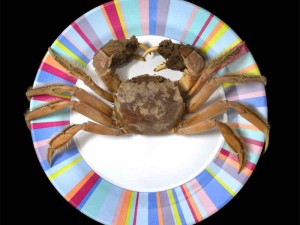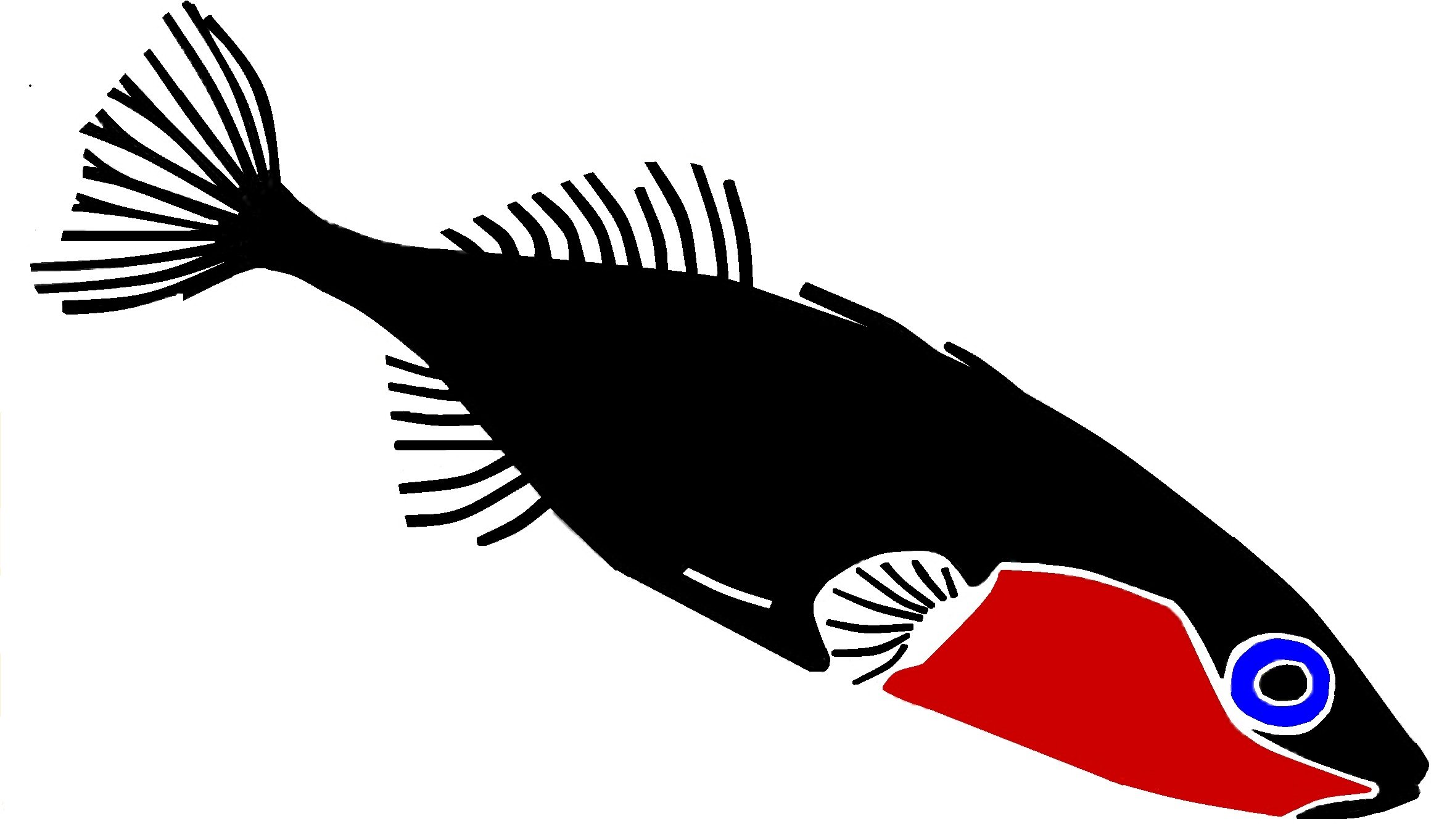Chinese mitten crab found in the River Clyde

A Chinese mitten crab Eriocheir sinensis has been found in the River Clyde and this is the very first record of this alien species in the wild in Scotland. The specimen (the remains of a female) was discovered near Dalmarnock by John Clark, a member of the Mid Clyde Angling Association, and passed on to the Clyde River Foundation. It has since been deposited at the Hunterian Museum in the University of Glasgow and a full report has been submitted for publication (William Yeomans & John Clark 2014; in press).
Dr Willie Yeomans, Catchment Manager for the Clyde River Foundation said “Another invasive, non-native species appears to have arrived in the Clyde. This chance discovery by an angler poses a potentially significant ecological threat to the Clyde system, the biota of which is recovering from centuries of poor water quality and structural modification. Without putting too much emphasis on this one specimen, this finding potentially has very serious implications for river management under the EU Water Framework Directive. Our first priority is to follow up the finding with survey work to determine if there is an established population of mitten crabs in the Clyde and we are appealing for information from anyone who may have encountered these animals on the river.”
Dr Paul Clark of the Crustacea Research Group at the Natural History Museum added “An established River Clyde Chinese mitten crab population could pose an enormous environmental risk to the salmon and trout in this catchment. Recent research undertaken by Royal Holloway University of London and the Natural History Museum suggests mitten crabs can eat salmon and trout eggs. If this reported Clyde specimen came from a deliberate human release and if this were the case, then the environmental authorities need to urgently consider what appropriate actions are required to prevent such introductions happening again in the future.”
The mitten crab, native to China, was introduced to Germany in 1912 and subsequently spread throughout Northern Europe. It was recorded in the Thames in 1935 and is now well-established in the Rivers Thames, Humber, Medway, Wharfe, Ouse and Tyne, which was until now the northernmost reach of the species in the UK. It is thought they were first brought to the UK in ship’s ballast water but the origin of the Clyde specimen is unclear. Mitten crabs are catadromous meaning they spend most of their life in freshwater but return to salt water to breed, and they travel well on land, aiding their spread. While in freshwater, they spend their time burrowed into riverbanks, hiding under rocks and searching for food. They are included in the IUCN’s list of “100 of the worst alien species in the world” and not only negatively impact native biodiversity but can cause severe structural damage to riverbanks.
The Clyde River Foundation is appealing for any information relating to mitten crabs in the Clyde catchment. Please report any sightings, along with details (date, location, size) and a photograph if possible to the Clyde River Foundation via info@clyderiverfoundation.org.
MITTEN CRAB INFORMATION
For more information about mitten crabs visit the Mitten Crab Recording Project website at http://mittencrabs.org.uk. The site includes a mitten crab guide, which you can download here – http://mittencrabs.org.uk/assets/resources/mitten_crab_guide.pdf. Some other useful links are provided below:
- This video features Philine zu Ermgassen, Freshwater Ecologist at the University of Cambridge, talking about identification, impacts and management of mitten crabs in Great Britain: https://www.youtube.com/watch?v=5HYf1c-L5ok
- The GB Non-native Species Secretariat species guide: http://www.nonnativespecies.org/factsheet/factsheet.cfm?speciesId=1379
- IUCN 100 of the world’s worst invasive alien species list: http://www.issg.org/database/species/reference_files/100English.pdf
